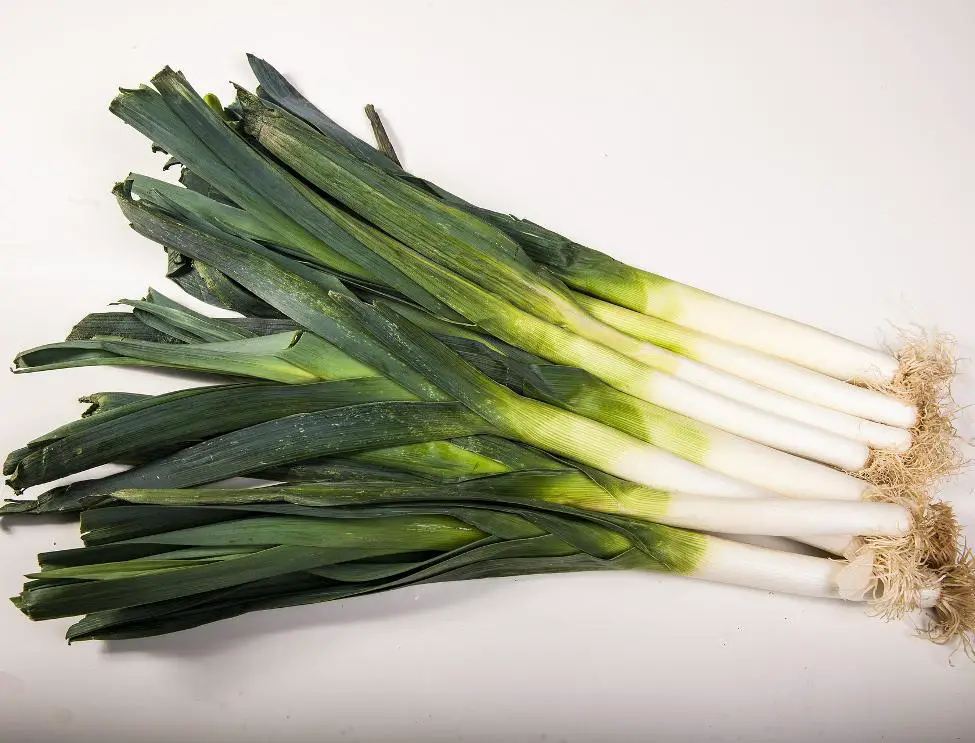Leeks are part of the allium species. Garlic and onions also belong to this species, although they have a much more intense taste. This green vegetable has a delightfully mild flavour and is good for more than just soups.
Historically speaking, leeks have been famous for a long time. Some sources believe that humans have been growing them for over 4000 years. Even murals from the ancient Egyptians prove that leeks had a permanent place on the menu in their time.
Leeks are rich in vitamins K and C and, also high in beta-carotene. They are one of the most rewarding vegetables to regrow because they don’t take long, have a high yield and, with a little maintenance are relatively easy to grow.
Steps to regrow leek
Find a good spot for your leek
Leeks are a cool-season crop, they are not suited to the tropics. They benefit from a sunny spot that doesn’t become waterlogged in the winter months.
Prepare your leek plant
Leeks have a compressed growing tip surrounded by edible leaves. If you want to regrow leeks, purchase them with the roots still attached to the bottom. If the bottom is cut off of the leeks, chances are good the growing tips have been cut off as well.
They are amazingly easy to grow, indoors or out. You can regrow them in water or soil, but they seem to grow slightly faster in soil. What you get when you regrow them depends on how big the leeks are when you plant them.l
Cut the tops off your leeks, leaving 5 to 7 cm attached to the roots. Fill the container with potting soil and plant the leeks so that just about 1.5 cm of the plant sticks up out of the soil. You can plant them close together in pots. Keep the soil evenly moist.
Plant your leek
With regular watering, your own regrown leek will emerge from the middle of the stem within a few weeks. At this point, you can choose to transfer the plant outdoors or keep it indoors.
Outdoors, leeks are usually planted at around 10 cm distance. The wider apart they grow, the bigger and thicker the leeks become. For slender gourmet leeks, try spacing them only 5 cm apart.
Leeks are very happy to grow in any soil but prefer it to be well-drained and firm. Dig in compost or well-rotted manure in the winter. They enjoy similar conditions to onions however, they benefit from adding nitrogen to the soil.
Don’t allow the soil to get into the crevices of the leaves or this results in it becoming trapped between the layers of the leeks, making them gritty when cooked and eaten.
Water well during dry spells in the summer, otherwise water only every 10 days or so, depending on the weather in your area. Keep the area where they grow evenly moist and weed-free.
Harvesting and use
Leeks are tastier when they are small. They can be left in the soil during winter and harvested as required.
Trim the leaves and roots and rinse between the layers of the plant to remove any soil before cooking or eating raw.
You can use young leek leaves for cooking in much the same way you’d use green onions. Chop them up to add flavour to salads, soups, dips, and more.
With your regrown leeks, you can now prepare lots of different dishes to enjoy with your loved ones. Nothing beats the flavour of home-grown food.

